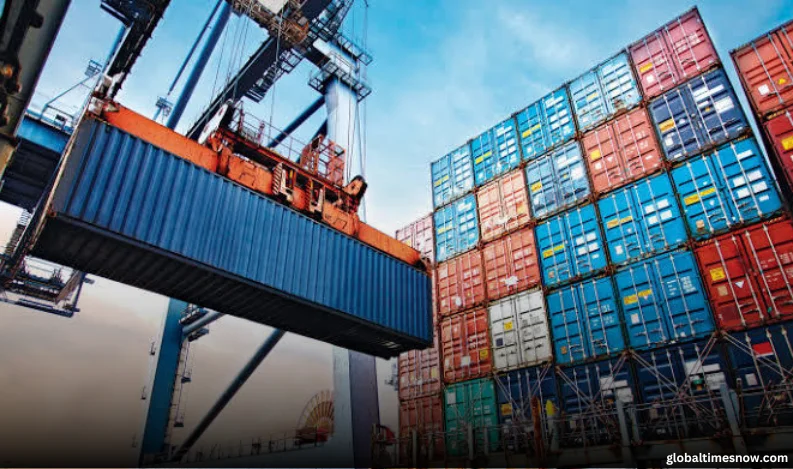New Delhi, March 17, 2025 – India’s exports to the United States could shrink by 3-3.5% if Washington enforces reciprocal tariffs in April, according to a report by SBI Research. However, the impact could be mitigated by diversification efforts, increased value addition, and strategic shifts in global supply chains, the report suggested.
The U.S. remains one of India’s largest trading partners, with bilateral merchandise trade reaching $119.72 billion in FY24. India exported $77.52 billion worth of goods to the U.S., while imports stood at $42.20 billion, resulting in a $35.32 billion trade surplus for India, according to the commerce ministry.
Impact of U.S. Tariffs on India
President Donald Trump’s administration has announced plans to implement reciprocal tariffs starting April 2, targeting countries that maintain higher import duties on U.S. goods. Given India’s trade surplus with the U.S., its exports could come under pressure.
SBI Research noted that despite potential short-term disruptions, India’s strategy of diversifying exports and boosting domestic manufacturing could help absorb the impact. The report emphasized the need for India to:
- Expand value-added exports to remain competitive in global markets.
- Strengthen alternative trade routes from Europe to the U.S. via West Asia.
- Leverage Free Trade Agreements (FTAs) to reduce dependency on specific markets.
U.S. Tariffs and Global Trade Uncertainty
The report highlighted that the post-pandemic U.S. economic expansion was largely driven by stimulus measures, and long-term trends suggest a gradual slowdown in growth, exports, and consumption. The U.S. economy faces declining value addition, slowing total factor productivity (TFP) growth, and the lowest net savings-to-GDP ratio since 2011.
SBI Research suggested that amid rising global trade tensions, India could find opportunities to increase its export market share in certain sectors.
Strategic Role of FTAs and Supply Chain Realignments
India has been actively negotiating Free Trade Agreements (FTAs) with key partners to boost export-oriented domestic manufacturing. These agreements cover tariff reductions, services trade, digital regulations, intellectual property rights, and investment protections.
The report emphasized that shifts in regional supply chains and geopolitical trade realignments are shaping India’s FTA strategies. By aligning trade policies with evolving global dynamics, India can position itself as a stable and competitive supplier in the international market.
Steel and Aluminium Tariffs: A Potential Silver Lining for India?
While U.S. tariffs on Indian exports could pose challenges, the report highlighted a potential opportunity in the steel and aluminium sectors.
- The U.S. plans to impose a 25% tariff on all steel and aluminium imports, aiming to support domestic production.
- India currently runs a trade deficit of $13 million in aluminium and $406 million in steel with the U.S., indicating potential room for trade realignment.
- Despite U.S.-China trade tensions since 2018, American steel and aluminium imports have continued rising, with primary steel imports reaching $31 billion in 2024, up from $29.5 billion in 2018.
Outlook: Balancing Risks and Opportunities
SBI Research concluded that while India’s export sector faces near-term risks from U.S. tariffs, the long-term strategy of trade diversification, enhanced FTAs, and value-added manufacturing could help cushion the impact.
With global trade policies evolving rapidly, India must continue strengthening regional supply chains and forging new trade partnerships to navigate potential disruptions and capitalize on emerging opportunities.























